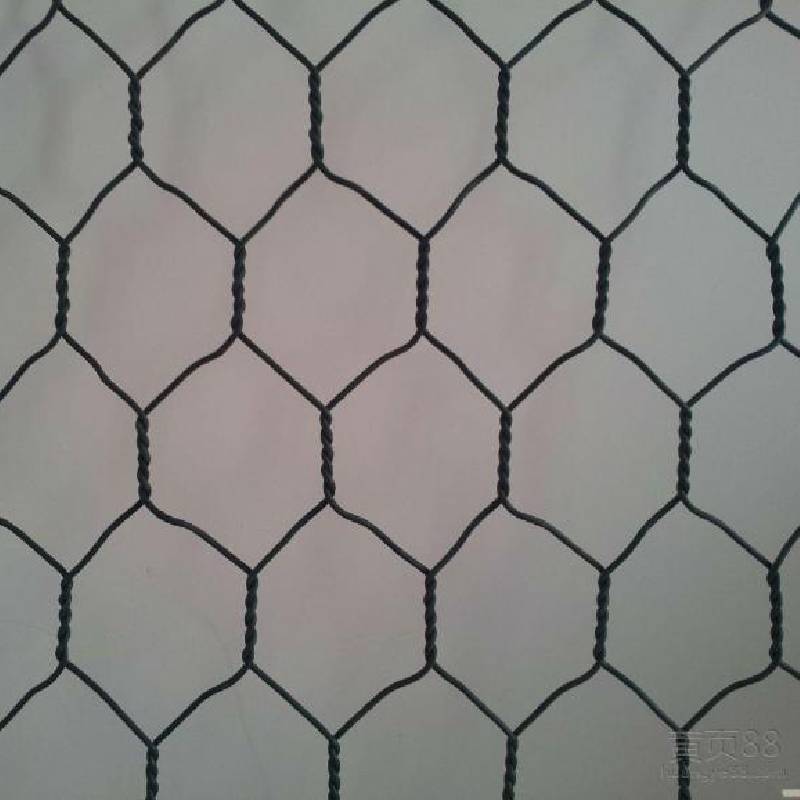
- Mobile Phone
- +8613931874955
- sales@cntcmetal.com
cavity ties
Exploring Cavity Ties The Key to Stronger Construction
Cavity ties, often overlooked in the realm of construction materials, are essential components that contribute significantly to the stability and structural integrity of buildings. These ties serve as connectors between the exterior and interior walls of a cavity wall system, playing a vital role in preventing the two walls from separating while allowing for some degree of movement due to thermal expansion or shrinkage. Understanding the importance of cavity ties can illuminate their multifaceted benefits and applications in modern architecture.
At its core, a cavity wall is composed of two separate layers—or skins—of masonry separated by a cavity, typically filled with insulation material. This design is prevalent in many regions due to its superior thermal performance and moisture resistance. Cavity ties are then used to bond these two walls, ensuring they work together structurally. Made from various materials, including stainless steel, galvanized steel, and plastic, the choice of cavity ties often depends on the specific requirements of the construction project, including moisture content and corrosion resistance.
One of the primary advantages of cavity ties is their strength in resisting lateral forces. Buildings are exposed to various forces, including wind and seismic activity. Cavity ties help distribute these forces evenly throughout the wall structure, reducing the risk of damage. For example, in regions prone to earthquakes, properly spaced cavity ties can be crucial in maintaining the integrity of the walls and extending the overall lifespan of the building.
cavity ties

In addition to structural stability, cavity ties also contribute to energy efficiency. By ensuring that the two walls of a cavity wall remain aligned and securely connected, cavity ties help maintain the insulation properties of the structure. This results in less energy loss, which translates to reduced heating and cooling costs over time. In an era where energy efficiency is paramount, the use of cavity ties can be seen as an investment in sustainable building practices.
Moreover, cavity ties play a vital role in moisture control. One of the common challenges in masonry construction is moisture penetration, which can lead to mold growth, structural damage, and decreased indoor air quality. Cavity walls, complemented by cavity ties, promote drainage by allowing any moisture that enters through the outer wall to flow down the cavity and exit through weep holes at the base. This system is particularly beneficial in regions with high rainfall, where moisture management is critical to maintaining a healthy living environment.
When it comes to installation, cavity ties must be positioned correctly to ensure optimal performance. They should be installed at specified intervals and aligned with both walls to provide maximum support. While this might seem straightforward, improper placement can lead to structural issues, emphasizing the necessity of skilled labor and adherence to building codes.
In summary, cavity ties are integral to modern construction, serving not only as structural supports but also as facilitators of energy efficiency and moisture management. Their role in enhancing the durability and longevity of cavity walls cannot be underestimated. As architects and builders increasingly aim for sustainable and resilient designs, cavity ties will undoubtedly remain a key component in creating buildings that stand the test of time. Therefore, investing in quality cavity ties and ensuring their proper installation should be a priority for anyone involved in the design and construction of cavity wall systems. In doing so, we can create safer, more efficient, and environmentally conscious structures that benefit both inhabitants and the planet.
share:
-
Why Sacrificial Formwork Is Redefining Underground ConstructionNewsJun.06,2025
-
The Structural Dynamics of Modern Concrete: How Snake Spacers Revolutionize Flexible ReinforcementNewsJun.06,2025
-
Snake Spacers Smart-Lock Concrete Reinforcement with Surgical PrecisionNewsJun.06,2025
-
Snake Spacers: Reinforcement Precision for Modern Concrete ProjectsNewsJun.06,2025
-
Snake Spacers Powering Concrete's Structural DNANewsJun.06,2025
-
Slither into Success: Snake Spacers' Precision Bite for Unbreakable ReinforcementNewsJun.06,2025
-
Sacrificial Formwork: Building Stronger, Faster, and Safer StructuresNewsJun.06,2025



















